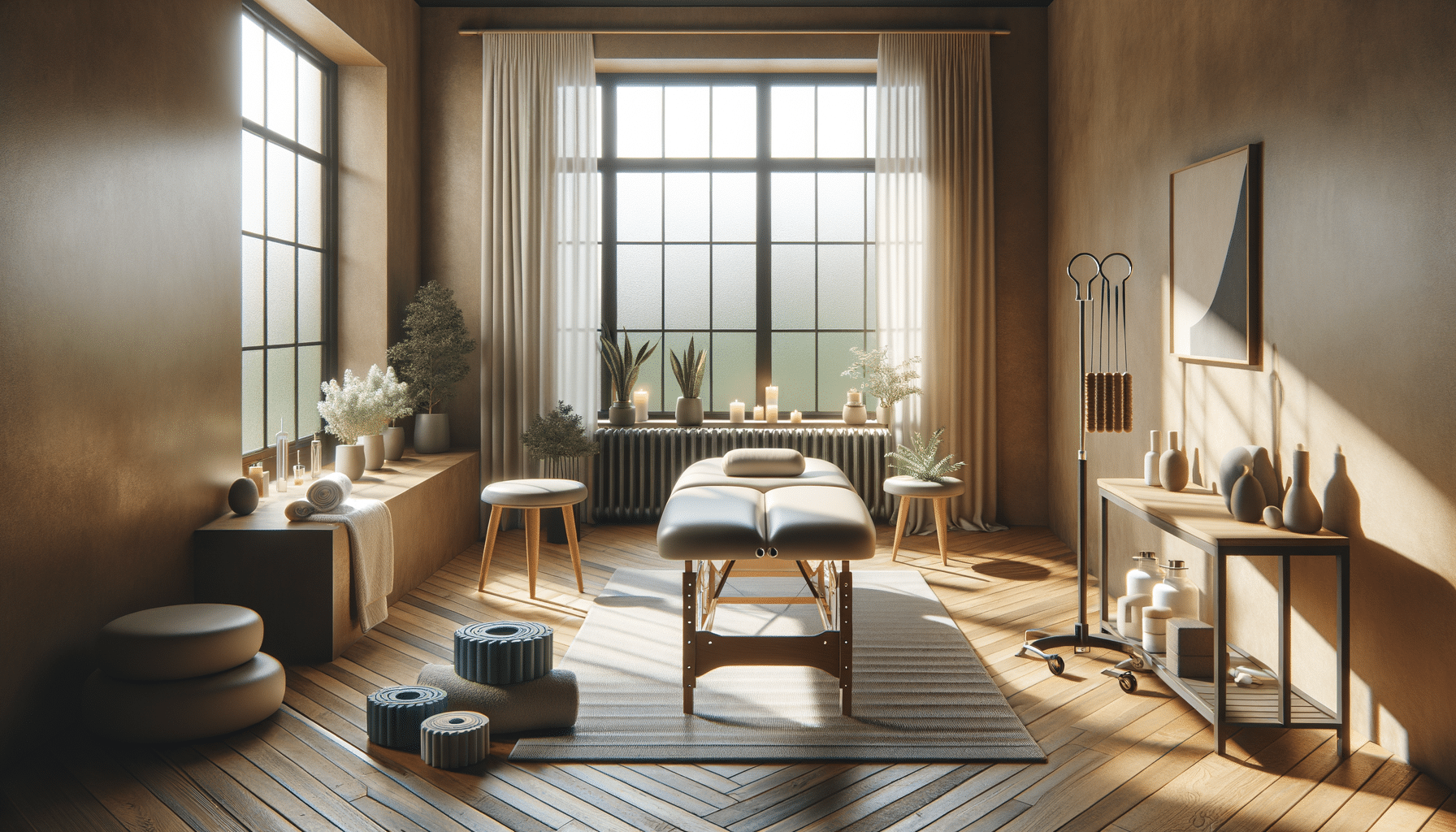
Interior Lighting Design: Creating Atmosphere and Style
Introduction to Interior Lighting Design
Lighting plays a pivotal role in shaping the atmosphere and functionality of any interior space. As an essential element of interior design, lighting not only illuminates but also enhances the aesthetic appeal and comfort of a room. Whether aiming to create a cozy nook or a vibrant social hub, understanding the nuances of lighting can transform your living space. This article delves into the art of interior lighting design, exploring various techniques and considerations to help you illuminate your space effectively.
Understanding Different Types of Lighting
Lighting can be categorized into three main types: ambient, task, and accent lighting. Each serves a distinct purpose and together, they create a balanced and functional lighting scheme.
- Ambient Lighting: Often referred to as general lighting, ambient lighting provides an overall illumination that fills the room. It sets the tone and ensures a comfortable level of brightness, allowing you to see and move around safely. Ceiling fixtures, chandeliers, and wall-mounted lights are common sources of ambient lighting.
- Task Lighting: As the name suggests, task lighting is focused on a specific area to aid in tasks such as reading, cooking, or working. Desk lamps, under-cabinet lighting, and pendant lights are typical examples. The key is to position task lighting to minimize shadows and glare.
- Accent Lighting: This type of lighting is used to highlight particular features within a space, such as artworks, architectural details, or plants. Accent lighting adds drama and visual interest, often utilizing spotlights or track lighting to create focal points.
By incorporating a mix of these lighting types, you can achieve a versatile and dynamic environment that caters to various activities and moods.
Choosing the Right Lighting Fixtures
Selecting lighting fixtures involves more than just aesthetic appeal; it requires consideration of the fixture’s function and how it complements the room’s design. When choosing fixtures, consider the following factors:
- Style and Design: The fixture should reflect the room’s overall style. Whether modern, traditional, or eclectic, the design should harmonize with existing décor elements.
- Size and Scale: The size of the fixture should be proportional to the room. A large chandelier might overwhelm a small space, while a tiny pendant light could get lost in a large room.
- Material and Finish: The material and finish can affect the light’s quality and the fixture’s durability. Popular materials include glass, metal, and wood, each offering unique visual and functional properties.
By carefully considering these aspects, you can select fixtures that not only illuminate but also enhance your space’s character.
Incorporating Smart Lighting Solutions
As technology advances, smart lighting solutions have become increasingly popular. These systems offer convenience, energy efficiency, and customization, making them a valuable addition to any home. Smart lighting allows you to control brightness, color, and scheduling through mobile apps or voice commands.
Some benefits of smart lighting include:
- Energy Efficiency: Smart bulbs often use LED technology, which is more energy-efficient than traditional incandescent bulbs.
- Customization: Adjust the color temperature and brightness to suit different times of day or activities.
- Automation: Schedule lights to turn on or off at specific times, enhancing security and convenience.
Incorporating smart lighting can offer a modern touch to your home while providing practical benefits.
Conclusion: Enhancing Your Space with Thoughtful Lighting Design
Effective lighting design is an art that combines functionality with aesthetics. By understanding the different types of lighting, choosing appropriate fixtures, and embracing smart technology, you can create a space that is both beautiful and practical. Thoughtful lighting not only enhances the visual appeal of your home but also improves comfort and mood, making any space more inviting. Whether you’re redesigning a single room or planning a whole-house makeover, let lighting be a guiding force in your design journey.


